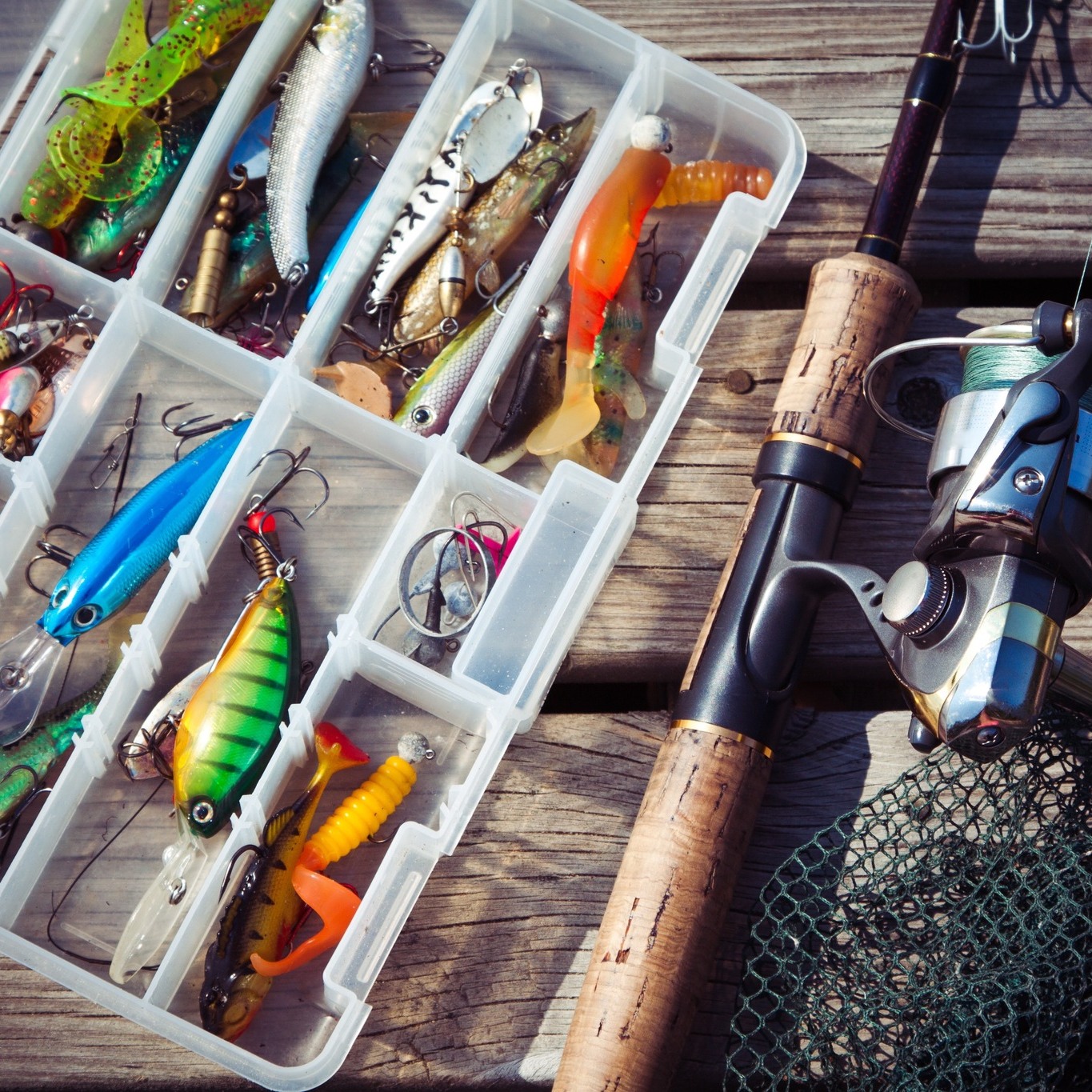Texas Shorelines: Selecting the Right Bait
It is commonly said “to fool a fish, one must fool its senses,” but that is often easier said than done. Fish use a variety of their senses to detect and eat prey, and it takes more than looks to get hooked. Selecting the right bait can be a critical element of saltwater fishing.
Aug 15, 2023 By Corely-Ann Parker
3 minutes

Texas Sea Grant
It is commonly said “to fool a fish, one must fool its senses,” but that is often easier said than done. Fish use a variety of their senses to detect and eat prey, and it takes more than looks to get hooked. Selecting the right bait can be a critical element of saltwater fishing. Also, specific regulations apply to the collection and use of bait in Texas state waters and in U.S. federal waters. General fishing regulations can be found online at Texas Parks and Wildlife Department’s Outdoor Annual webpage.
There are several different types of saltwater bait, ranging from live baitfish to artificial lures. Baitfish are small fish that are easy to catch and in regular supply, like mullet, which are typically used to attract large predatory gamefish. Cut bait is another type of saltwater bait used by anglers in Texas, but it can be more difficult to acquire and maintain compared to live bait. If you plan to use cut bait, it is recommended to use the freshest you can find. Frozen cut bait should be vacuum sealed and free from freezer burn as well.
One of the most popular bait selections for saltwater fishing in Texas is shrimp. Not only is shrimp a favorite meal amongst most saltwater fish in Texas, it is also easily available and a good universal bait for fishing in most conditions.If you choose to use shrimp as your bait, make sure it is a species native to the Gulf of Mexico. It is unlawful to use imported shrimp, alive or dead, as bait in Texas waters since imported shrimp can carry diseases or viruses that may be transmitted to native Gulf shrimp species as well as other shellfish. Imported shrimp must be labeled with the country of origin. If you are unsure of the origin of the shrimp, ask the retailer about its origin, and if still unsure, do not use it as bait.
Another option for bait that has developed in recent years is using an artificial saltwater fishing lure that is soaked in or contains powerful fish attractants. These scented baits come in a variety of shapes and sizes depending on the type of fishing you’re aiming to do and can last longer/are easier to maintain than live or cut bait . You should always keep your scented bait in the liquid it comes with, and never leave it out on your hook or you risk it hardening and becoming difficult to remove.
Overall, there are many options for finding the best bait to suit your saltwater fishing needs. Knowing the regulations and best practices for bait selection can help get you hooked! As always, make sure you have the correct fishing license, follow all bait regulations, and — most importantly — have fun!
Other Resources:
https://www.takemefishing.org/saltwater-fishing/saltwater-bait-and-lures/saltwater-bait/
TPWD: Short Reports – Bait Use 101
https://drive.google.com/file/d/1DZcx1-n0DBNx_gfOFAU4Z2czgbtNQf61/view
####
Texas Shorelines is a service of the Texas Sea Grant College Program at Texas A&M University. Texas Sea Grant is a unique partnership that unites the resources of the federal government, the State of Texas and universities across the state to create knowledge, tools, products and services that benefit the economy, the environment and the citizens of Texas. It is administered through the National Oceanic and Atmospheric Administration and is one of 34 university-based Sea Grant Programs around the country. Texas Sea Grant is a non-academic research center at Texas A&M University. The program’s mission is to improve the understanding, wise use and stewardship of Texas coastal and marine resources.
